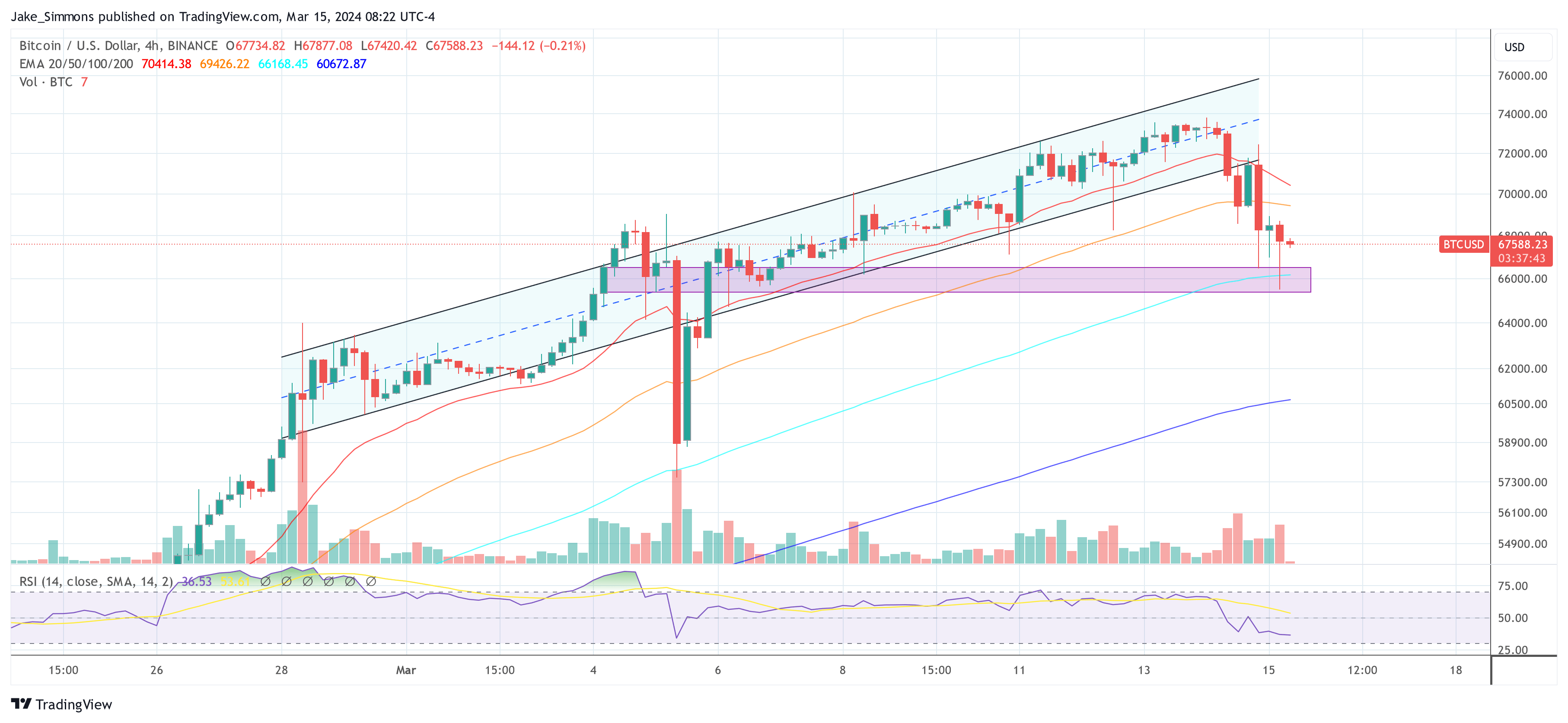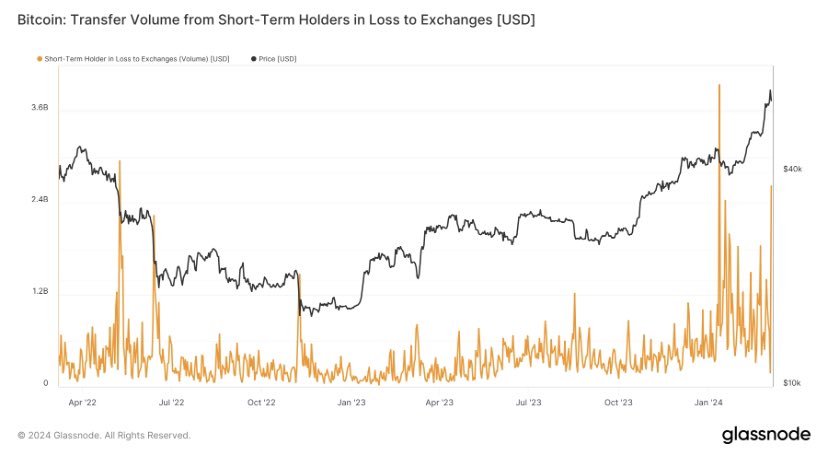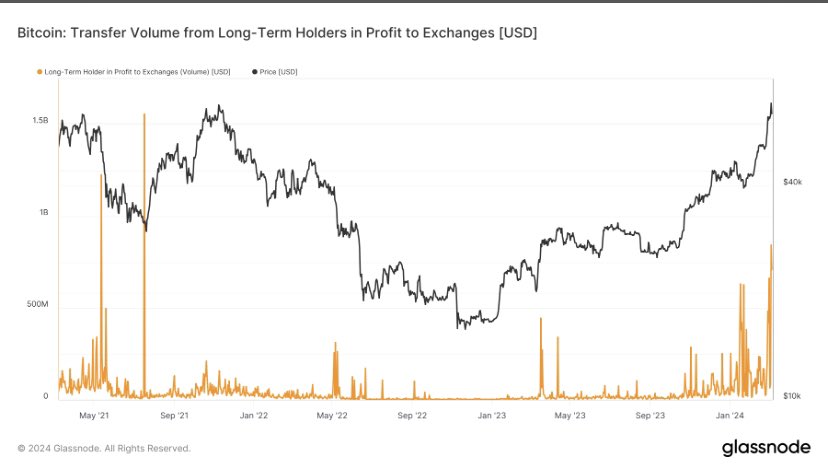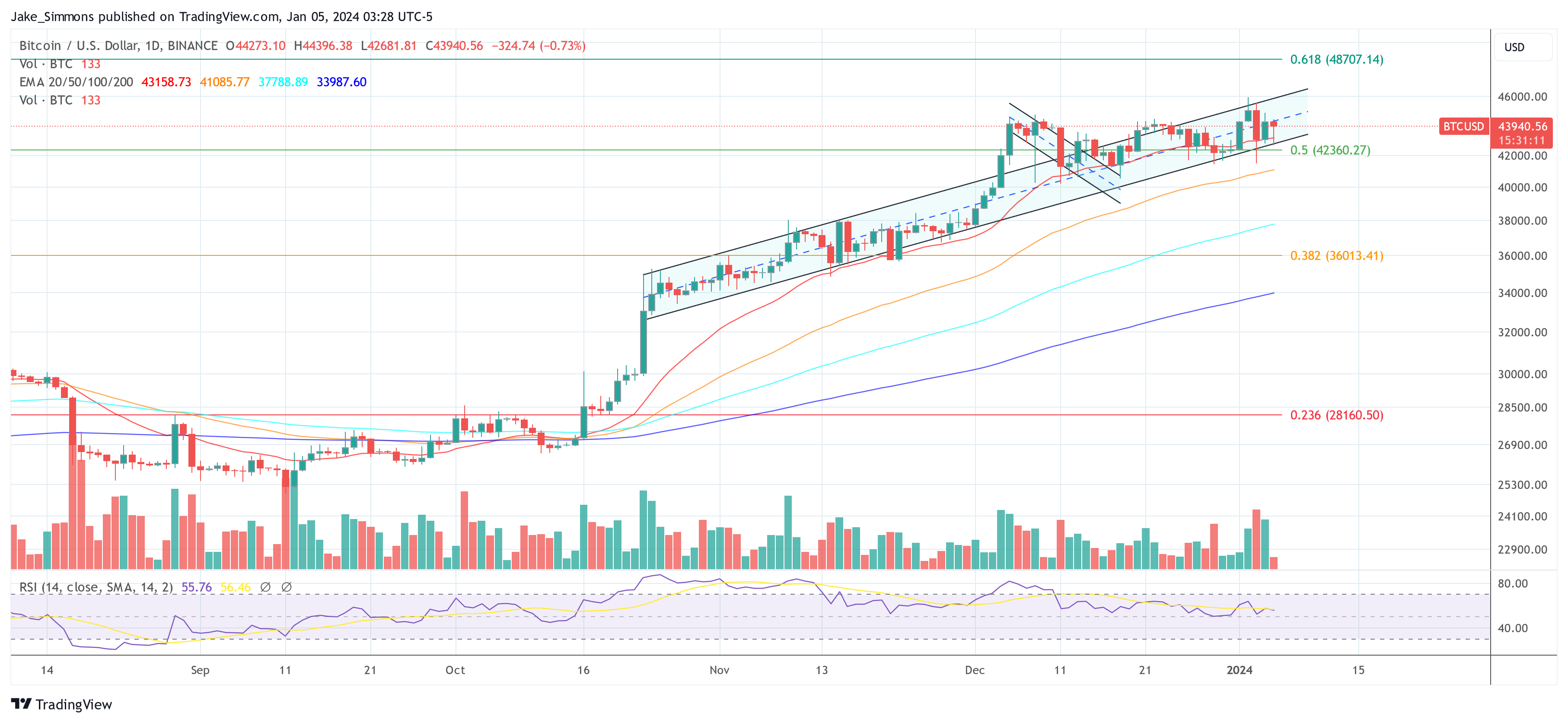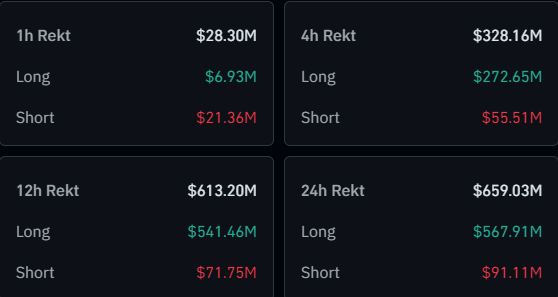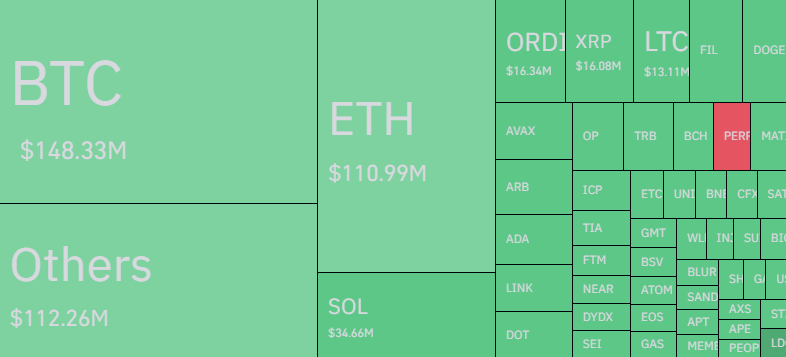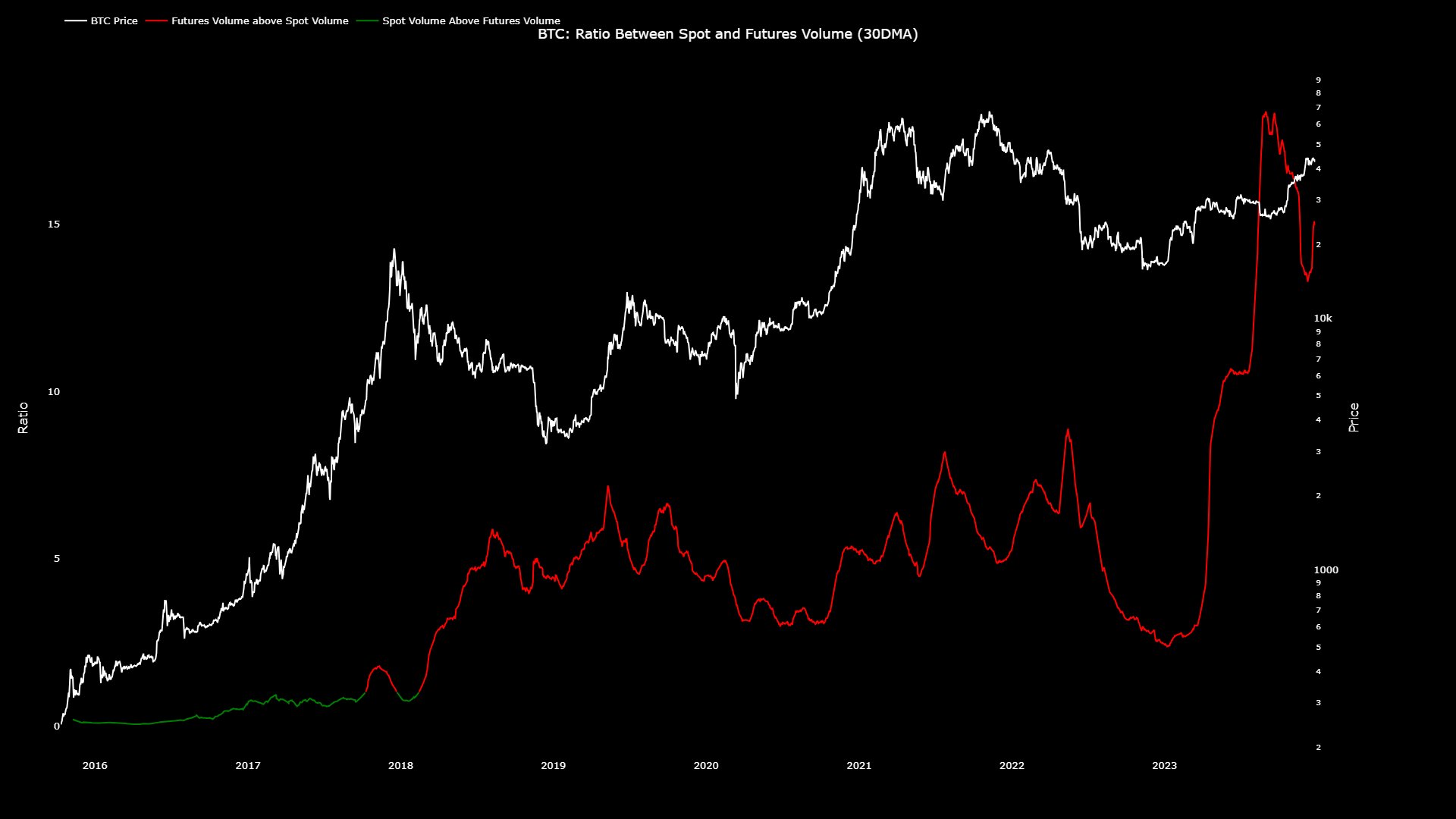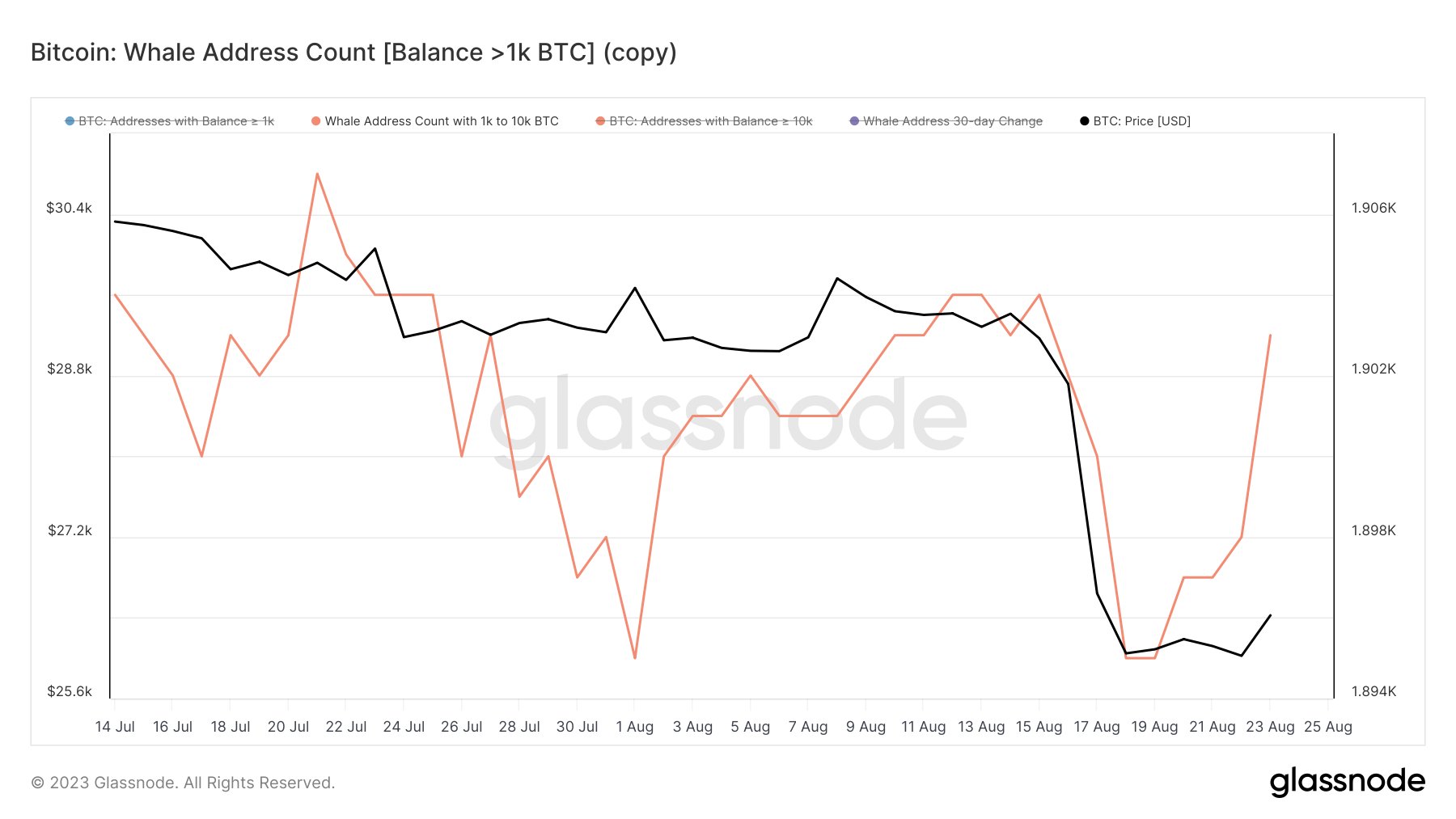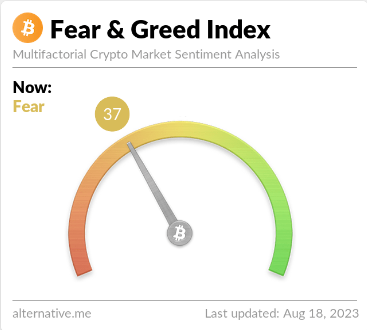Bitcoin has continued its recent bearish trajectory during the past day as the asset’s price has now slipped under $64,000. Here’s what the next support looks like for BTC.
Bitcoin Has Strong On-Chain Support Between $61,900 & $63,800
According to data from the market intelligence platform IntoTheBlock, BTC is floating just above a critical on-chain demand zone. Demand zones refer to price ranges where many investors last bought their coins.
These ranges can be determined through on-chain analysis, as the average cost basis of each address on the network can be readily calculated through its transaction history.
Below is the chart shared by the analytics firm that shows the various price ranges near the current asset price in terms of the present demand.
In the graph, the size of the dot corresponds to the number of addresses bought inside the respective range. It appears that Bitcoin currently has large demand zones both just above and below itself.
According to IntoTheBlock data, the lower range currently holds the cost basis of around 1.23 million addresses for investors who bought 319,700 BTC. Now, what’s the relevance of a demand zone like this?
To any investor, their cost basis is important, so when the price tests it, they may become more prone to making some move. Naturally, if many holders share their break-even level inside a narrow range, the reaction resulting from a retest would also be large.
Because of this reason, zones of major demand are considered to be important support or resistance levels for Bitcoin. Cost basis centers above the price can act as resistance walls, while those below can provide support cushions.
Since BTC is hovering just above a major demand zone between $61,900 and $63,800 after its latest decline, it’s possible that the range could help the asset reach a bottom.
As for the source of the support or resistance effect provided by these demand zones, the answer lies in investor psychology. The holders currently in loss may be looking forward to the price hitting their cost basis to exit with their initial investment.
This selling that may appear upon a retest of many investors’ shared break-even level can pose resistance to BTC. Similarly, the investors below can react to a retest by buying more, as they could look at the drop as a dip opportunity, thus supporting the asset.
It now remains to be seen if the support zone between $61,900 and $63,800 would put an end to Bitcoin’s recent bearish momentum or not.
BTC Price
After the latest drawdown, Bitcoin has just entered into the on-chain demand zone, as its price is now trading around $63,600.


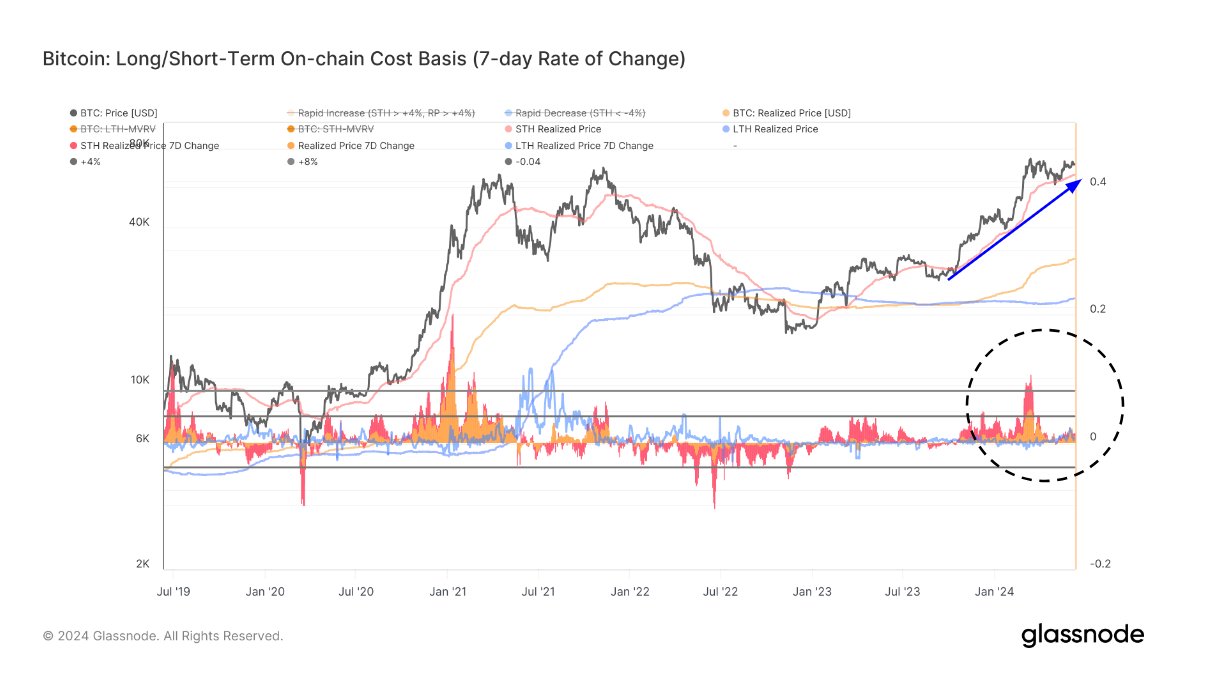
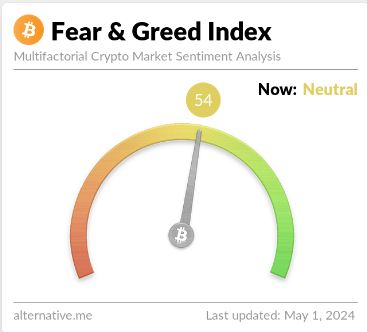
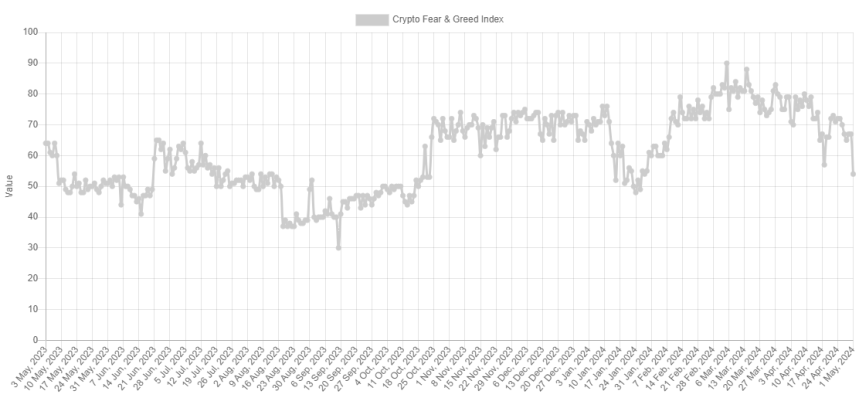
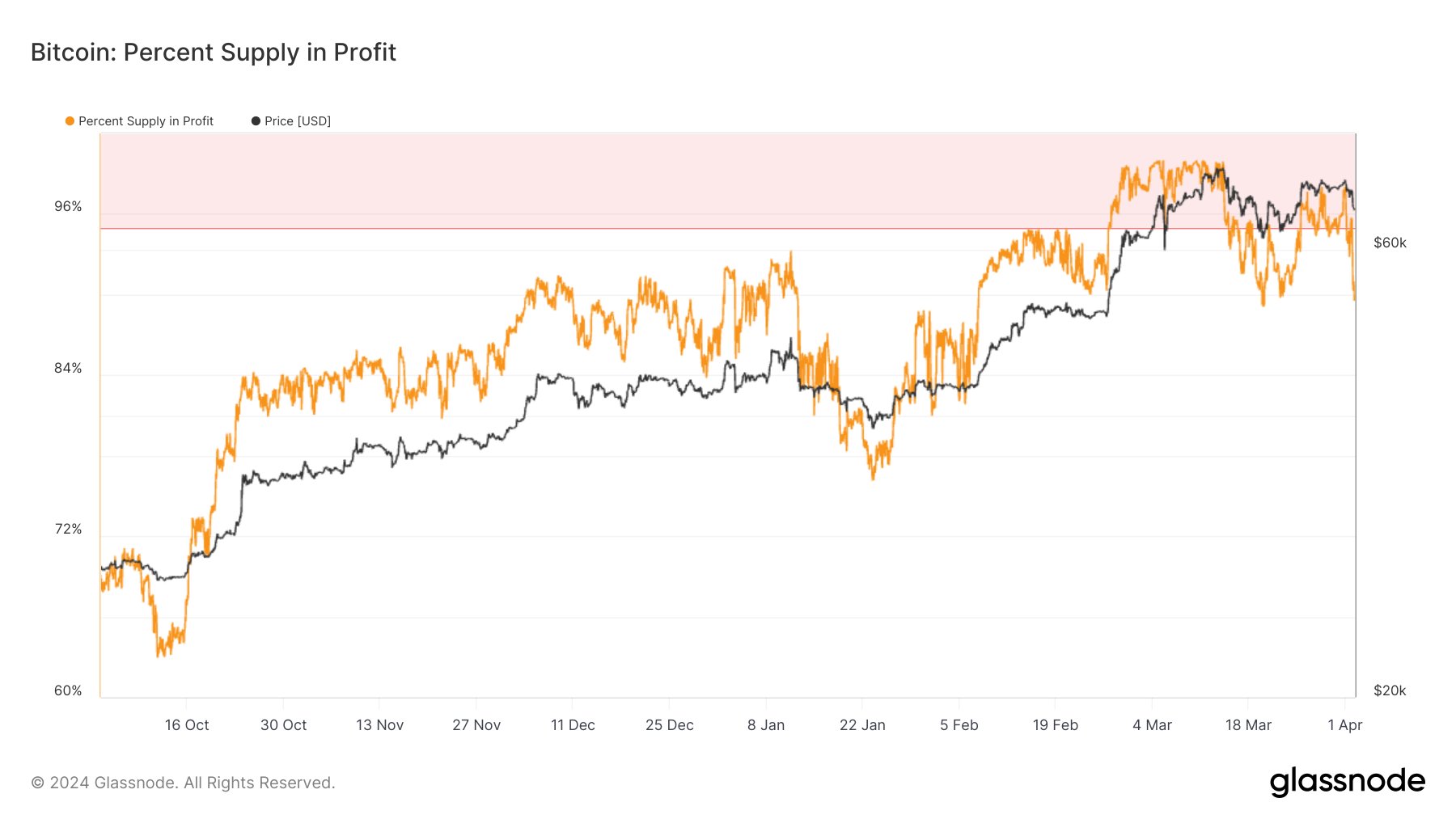
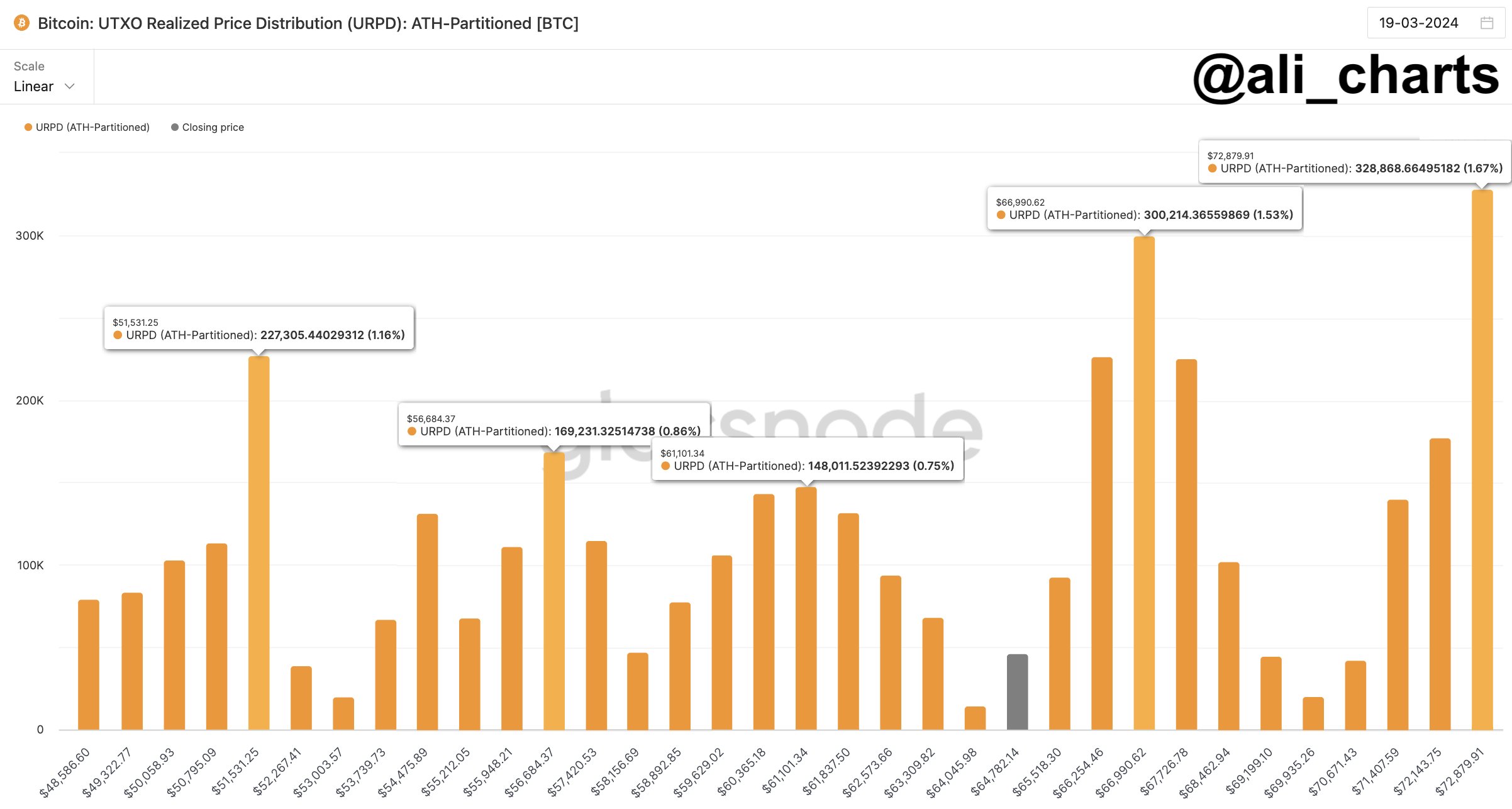
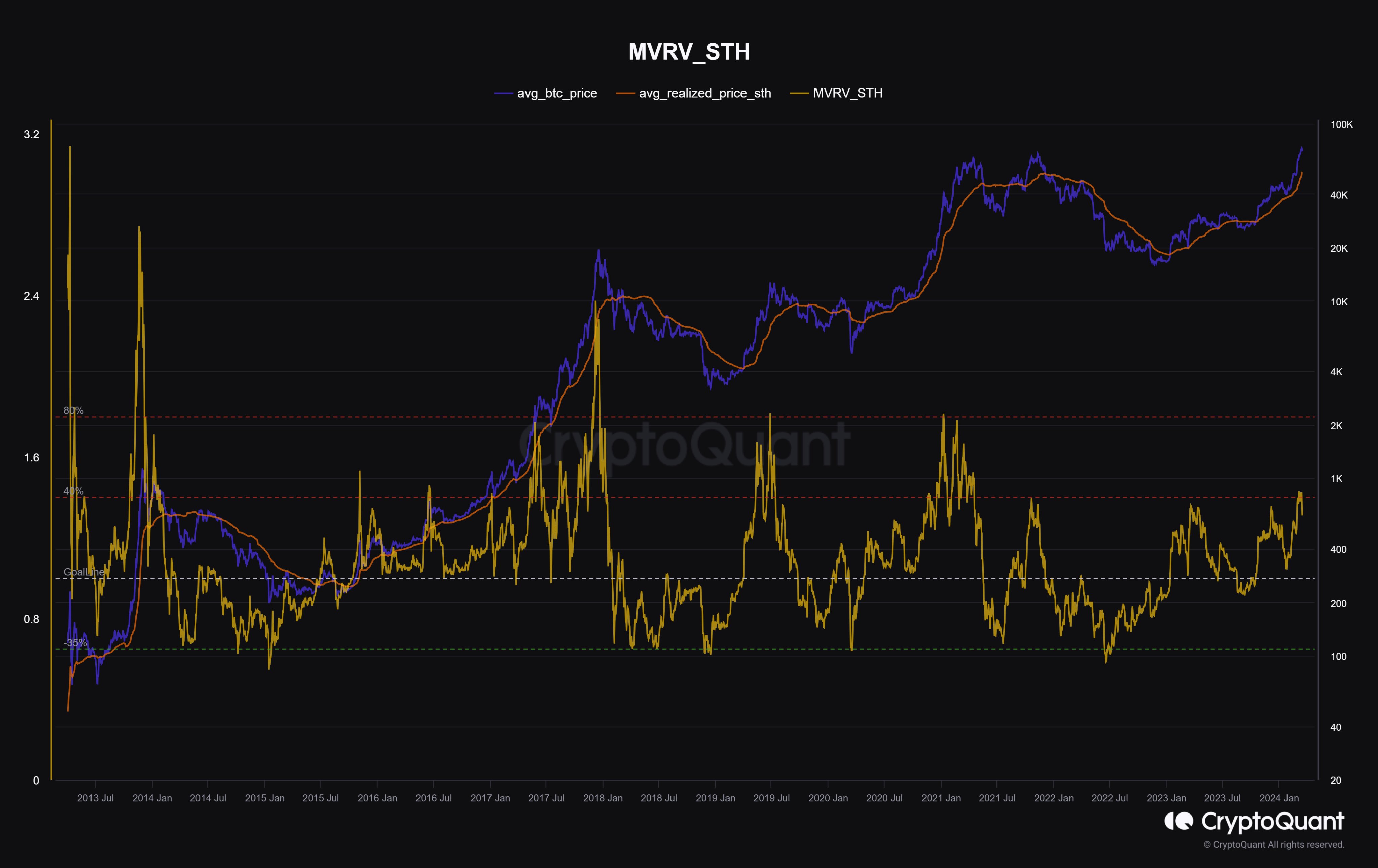
 BTC
BTC 